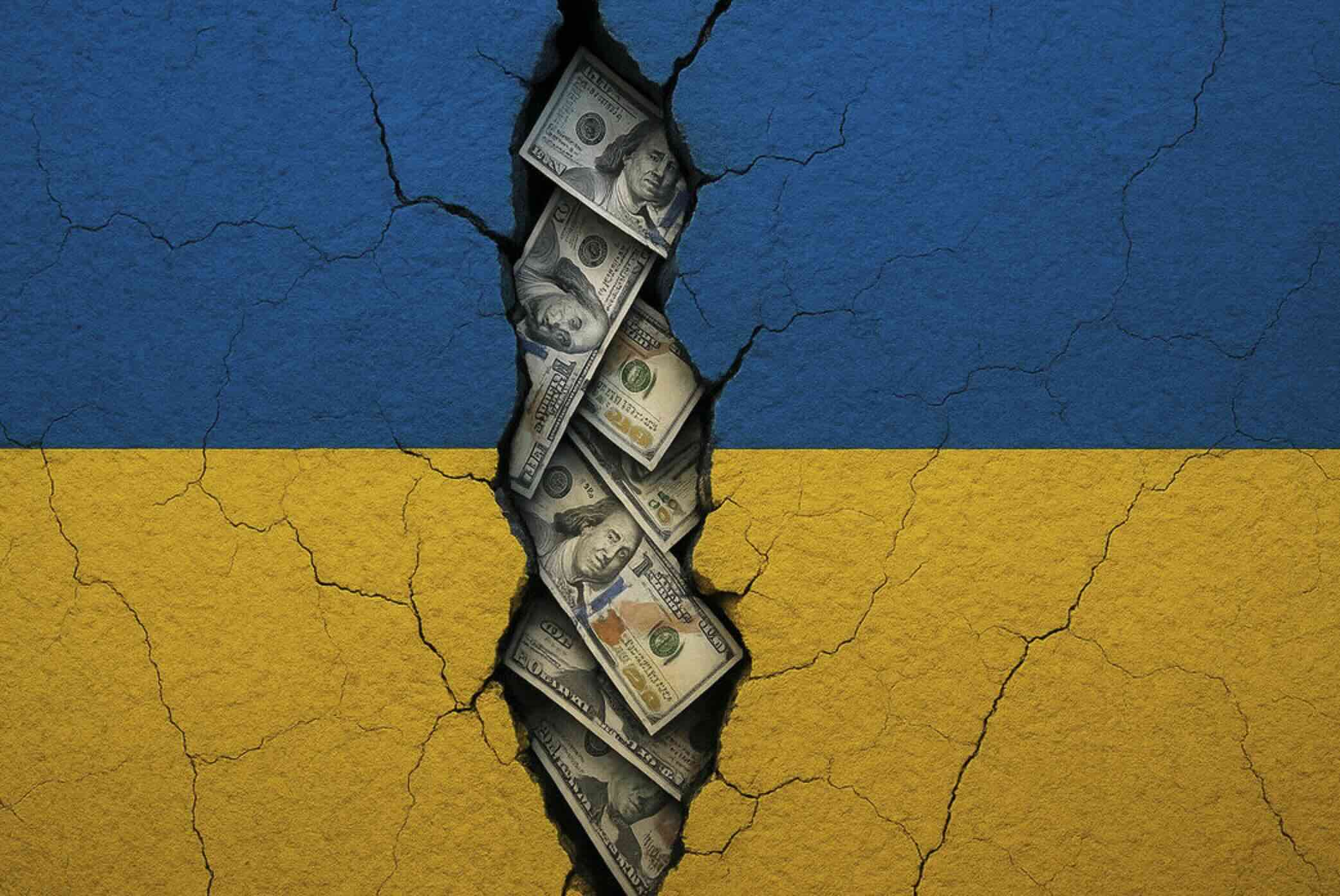When President Volodymyr Zelensky and his Servant of the People faction abruptly moved in July 2025 to weaken Ukraine’s independent anti-corruption agencies, the backlash was immediate and telling. Protests filled the streets of Kyiv, Odesa, and Lviv—the first mass demonstrations against Zelensky in years. Even more alarming for Kyiv, the EU reacted sharply: European Commissioner for Enlargement Marta Kos warned that “dismantling safeguards protecting NABU’s independence is a serious step back,” and stressed that bodies like NABU and SAPO are “essential for Ukraine’s EU path.” These were not casual remarks. Both institutions were created a decade ago at the insistence of the EU, IMF, and Washington precisely to limit political interference.
Zelensky dismissed the concerns, insisting the agencies had been infiltrated by Russian intelligence—a claim reinforced by security-service raids and alleged spy arrests at NABU. But under heavy international pressure, he reversed course. For a moment, the political storm seemed to pass, swallowed by the daily horror of Russian missile strikes. It was not the first time corruption faded from view amid war: in early 2022, Zelensky’s approval rating had collapsed due to his failure to reform the judiciary and tackle all-pervasive corruption, a delay that threatened Ukraine’s EU aspirations. The invasion reset his political fortunes, recasting him as a Churchillian defender of democracy and pushing corruption to the edges of public debate.
But the problem never disappeared. Throughout 2023 and 2024, serious procurement scandals broke open. A defence ministry official was arrested for allegedly embezzling nearly $40 million in a fraudulent artillery-shell purchase, and early 2024 began with another case worth $262 million tied to military procurement. A pattern emerged: each revelation triggered a round of resignations—five governors, four deputy ministers, even the deputy head of Zelensky’s office—allowing officials to claim “systemic, consecutive work” against graft. The illusion of accountability held.
By mid-2025, however, the investigations had crept uncomfortably close to Zelensky’s circle. NABU and SAPO opened cases involving Deputy Prime Minister Oleksii Chernyshov and Leonid Mindich, a relative of Zelensky’s longtime business partner. Chernyshov was accused of bribery and abuse of power in a scheme involving deeply discounted apartments—possibly as many as seven—in a Kyiv housing project. He quietly left the country days before his associates were detained, then returned under pressure and posted bail. Mindich was charged with embezzling $16 million from the power company Kharkivoblenergo.
Then, in November 2025, came the Energoatom shock. According to investigators, a kickback network drained about $100 million from Ukraine’s nuclear energy operator. Chernyshov reappeared as a suspect, accused of receiving $1.2 million in illicit enrichment and helping finance the luxury “Dynasty” housing compound in Kozyn—an 8.2-acre riverside development of 12 mansions reportedly intended for senior officials, including Zelensky. Businessman Oleksand Tsukerman and former ministerial adviser Ihor Myroniuk were implicated, while the scheme’s laundered funds allegedly flowed through an office linked to ex-MP Andrii Derkach—now, remarkably, a senator in Russia.
The investigation, codenamed “Midas,” relied on roughly 1,000 hours of intercepted calls. Conspirators used code names—Chernyshov as “Che Guevara,” Myroniuk as the “Rocket,” Justice Minister Herman Halushchenko as “Professor.” Halushchenko and Energy Minister Svitlana Hrynchuk soon resigned. Another suspect, businessman Timur Mindich—nicknamed “Karlson” and long viewed as Zelensky’s unofficial “wallet”—fled abroad hours before raids. Investigators found cupboards filled with €200 bills and even a gold toilet in his residence.
Here the personal ties become impossible to ignore. Chernyshov was the only minister invited to Zelensky’s pandemic-era birthday party, and Zelensky’s wife is godmother to his child. Zelensky used Mindich’s armored car during the 2019 campaign, and his rise paralleled Zelensky’s own. Through Mindich’s family connection, even Andriy Yermak, the powerful head of the President’s Office, is drawn into the scandal’s shadow.
Crucially, NABU did not act in isolation. Since 2016 it has cooperated closely with the FBI—an arrangement strengthened by a 2023 Memorandum of Understanding. A new FBI liaison recently arrived in Kyiv, and the agencies work jointly on Operation Midas, undercutting claims that the investigation is a Russian smear campaign.
All this unfolds as Ukraine faces a massive budget shortfall and depends on Western aid for survival. Public trust has cratered: according to the Omnibus survey, 91% of Ukrainians believe corruption has risen or remained unchanged during the war. Many young men now openly ask why they should fight and die while elites enrich themselves.
Zelensky insists he wants “maximum transparency,” yet the recurring pattern is unmistakable: scandal after scandal leads back to people in his inner circle. The president may not be directly implicated, but the war cannot permanently shield Ukraine’s leadership from accountability. If Ukraine’s Western backers are to stay the course, Kyiv must show that the fight against corruption is more than a wartime slogan.
